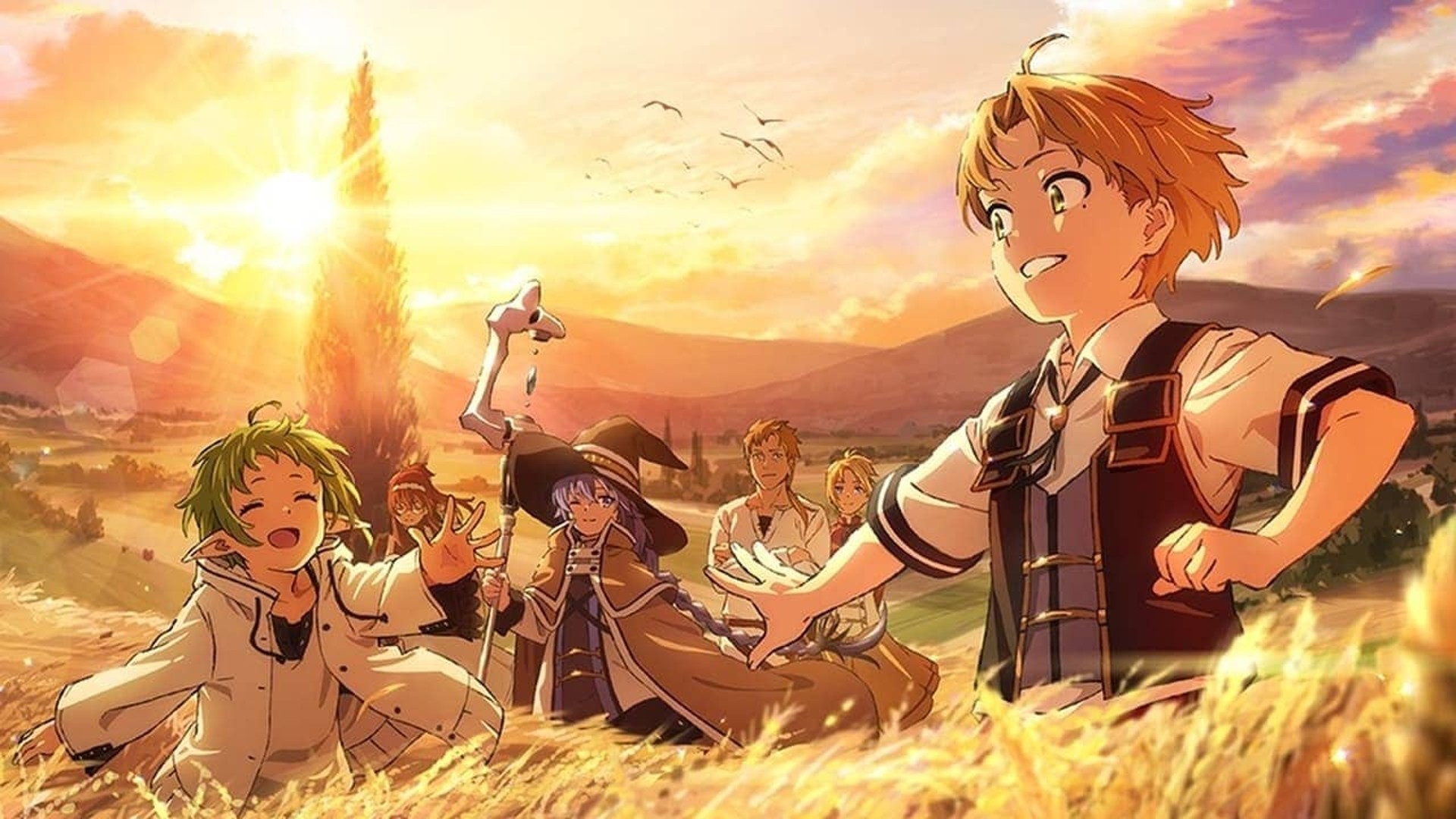Does nostalgia work?
Modern anime often looks very sleek and pristine, lines solid and clean, so it would look great on our huge 4K TVs. But some of the newer shows tend to play the nostalgia card in terms of the style and the presentation — and it works.
One of the great examples of that is Mushoku Tensei: Jobless Reincarnation (Mushoku Tensei: Isekai Ittara Honki Dasu), an isekai show that follows the story of a shut-in who instead of dying after a tragic accident reincarnates in another world as a baby, but retains all his memories and knowledge. So he grows up, discovers a talent for magic, trains with the sword, and fully enjoys this second chance that he has. The show premiered in 2021, its second season is currently being released in 2023, and they both have a very distinct retro look to them.
(5).jpg)
The series produced by Studio Bind uses a bunch of fun visual elements to trick you into thinking that you're watching something that's much older than it actually is. And one of the main things is the grain.
The move to the digital animation practically removed the hairy and grainy lines from the animation, but in Mushoku Tensei they are added, alternating the thickness of the lineart and generally creating a slightly lower-resolution feeling while still keeping all the details perfectly visible and intact.
The other trick that the studio used is a thing called film weave which happens when the physical frames of the film don't line up perfectly, creating an effect of a small shake that has been very prominent before the animation went digital.
Now, nobody can say whether these tricks were used to actually cater to the nostalgic audience or to simplify the production pipeline, but the result is gorgeous: the series has been constantly praised for its style for the past few years.
Another show that dips its toes into the pool of nostalgia in terms of aesthetics is Frieren: Beyond Journey's End (Sousou no Frieren) done by Madhouse. Its plot is also unraveling in a fantasy world, just like in Mushoku Tensei, and the grainy, softer outlook gives the whole series a warmer feel, one that makes it more approachable — and one that fits the setting.
This nod to the retro look requires a lot of effort to be executed on such a high level as in these shows when it feels organic and not artificial. So probably only the big production studios are able to add it to their works. Also, there's a possibility that stories in different settings wouldn't benefit from grainy old-school outlook as much as the fantasy ones. So maybe this trend would stay reserved for a very limited type of series.
That doesn't make it less impressive, though.

